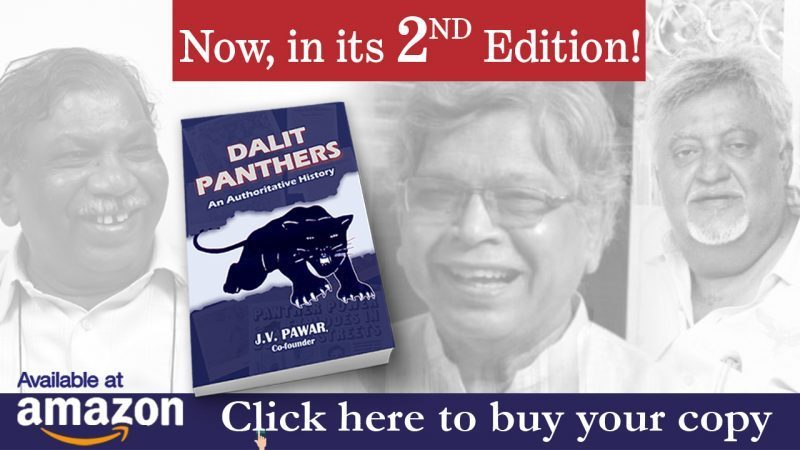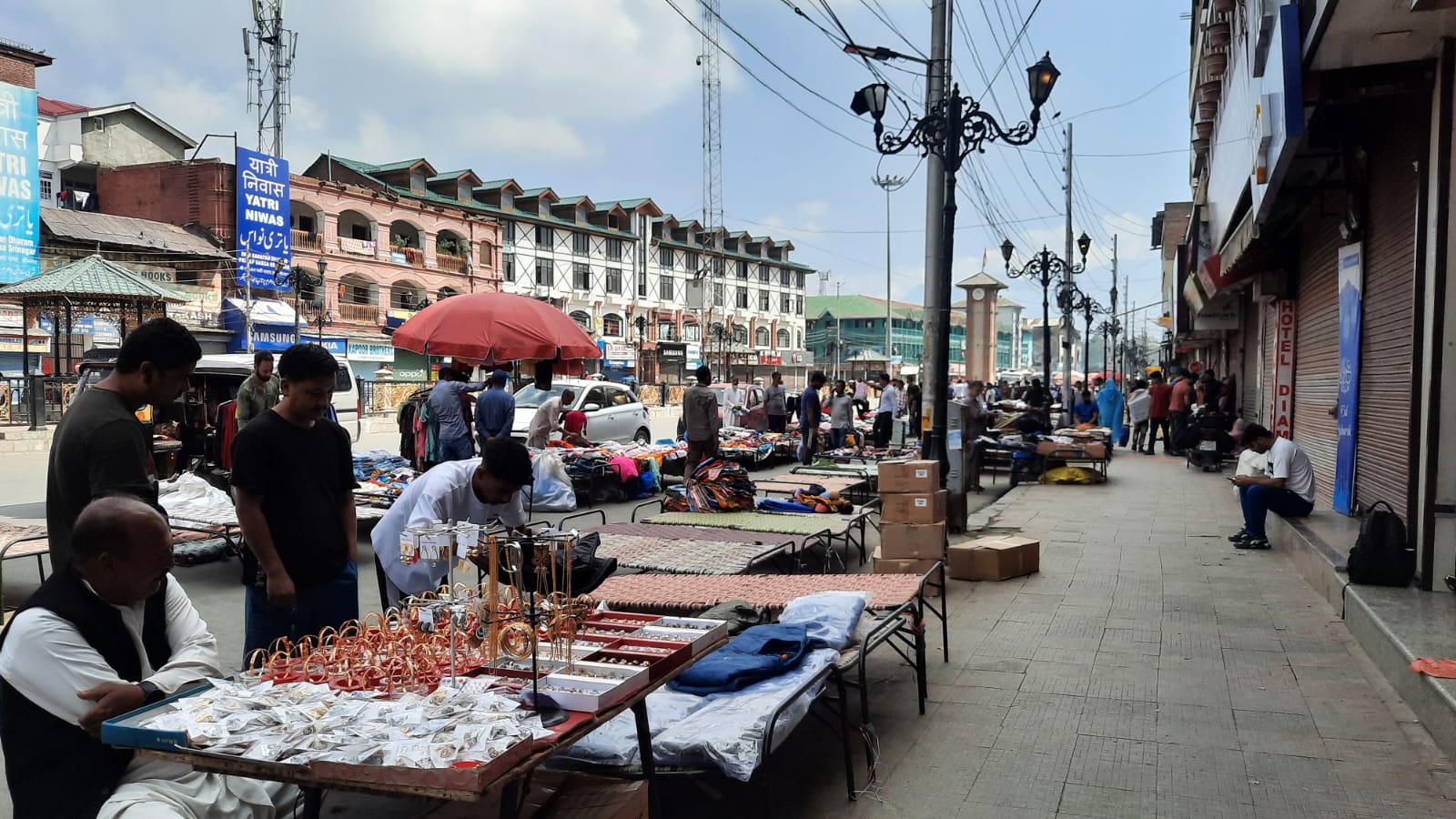Last Sunday, I attended a friend’s wedding. The joyous occasion was clouded by a touch of sadness, for the marriage lacked parental approval. Why? Primarily because the bride was an upper-caste Hindu while the groom belonged to a backward caste – he was an OBC. This did not go down well with their respective families; albeit the displeasure of the bride’s family was clearly more pronounced.
Marriage, which has largely become a heterosexual institution to subjugate women, is considered sacrosanct and indispensable in India and is regulated by religion, social mores and State-enacted laws. It enjoys unquestioning allegiance and acceptance of society, cutting across the human-created divisions of caste and religion. However, even though all the religions and castes encourage matrimony, they confine their followers’ choice of partners to the same religion or the same caste. Obtaining religious, social and family sanction for an inter-caste or inter-faith marriage is an insurmountable task for young people. They are usually left with little choice or say when challenged by the united might of religion, society, family and sometimes even the State. The few, who somehow muster sufficient courage to tie the knot with partners of their choice, either have to sacrifice their lives in the name of honour or have to be at the mercy of law and legal institutions.

Legally, inter-caste marriages are valid under the Hindu Marriage Act, 1955. Section 5 of the Act stipulates that a valid marriage under the Act may be solemnized between any two Hindus. Also, to encourage inter-caste marriages, the central government’s Ministry of Social Justice and Empowerment runs the “Dr Ambedkar Scheme for social integration through inter-caste marriage”. The scheme, initiated in 2013, provides a monetary incentive of Rs 250,000 to those married couples in which one of the parties is a Dalit. Limited to 500 such marriages in a year, the scheme is narrow in its scope, though many states are also running schemes of a similar nature. Importantly, these schemes come into play only when the marriage has been successfully solemnized. There is no specific help from the law in the run-up to the wedding and, as a result, inter-caste marriages have hardly fared well.
When it comes to inter-faith marriages, the Hindu Marriage Act applies to Hindus, Sikhs, Buddhists and Jains; marriages outside these communities cannot take place under the Act. Under the Muslim Law, a man can marry a woman who follows any monotheistic faith, including Christianity and Judaism, though a similar choice is not available to a woman. The Indian Christian Marriage Act provides for solemnization of marriage between Christians. The Special Marriage Act, 1954, an alternative to the personal laws, however, makes the religion of parties to the marriage immaterial and thus all inter-faith marriages may take place under the Act. The very fact that the Act has been termed “special” points to the extraordinariness attached to these marriages. The Act also prescribes such procedural formalities for solemnization of marriage which may be misused to discourage inter-faith or even inter-caste marriages taking place under the Act. For instance, the Law commission in its Consultation Paper on reform in Family law submitted last year pointed out that the requirement that a marriage can only be solemnized 30 days after a public notice to that effect has been issued by Marriage Officer, may be used to discourage inter-faith or even inter-caste marriage.

Unlike inter-caste marriage, parties to inter-faith marriage are not rewarded by a monetary incentive and the government of the day has no plans to incentivize such marriages. And then there is love jihad – a sickening term used to describe marriages in which the woman is a Hindu while the man follows Islam. Entrenched patriarchy, coupled with State-backed hostility towards minorities, has tainted a specific category of inter-faith marriages and shockingly, even the judiciary of the country, has followed suit. The prospect of social acceptance and internalization of inter-faith marriages in the country, thus, looks bleak.
Dr B. R. Ambedkar, in his seminal essay “Annihilation of Caste”, prescribed inter-caste marriage as the real remedy for the abolition of caste. Fusion of blood, he said, could alone create the feeling of being kith and kin and unless this feeling of kinship became paramount, the separatist feeling created by caste would not vanish. Dr Ram Manohar Lohia mandated “roti and beti” to abolish caste, thus bringing to fore the gender disparity in inter-caste marriages in which men, particularly the “upper-caste” men, have far more freedom in choosing a partner than women. Lohia thus said that people had to be willing to give their daughters in marriage to men from other caste.
These views are also applicable to inter-faith marriages. India, today, is a country ravaged by the binary of “us versus them”, its heterogeneity deformed into a specific kind of majoritarian homogeneity. Yet, it is also a country teeming with dreams and hopes of one of the largest youth populations in the world. Many of them will want to transcend the human-created barriers of caste and religion if and when they choose to marry. Let us not limit them, for they are probably our only glimmer of hope in preserving the idea of India. Let not the triumvirate of religion, society and family crush them to a life of resentful mediocrity.
Dr Ambedkar had said that in a society which is torn asunder, marriage as a binding force becomes a matter of urgent necessity. The virulent times of today, thus, necessitate inter-caste and inter-faith marriage. While the law needs to play an enabling role in facilitating them, the law alone is not sufficient, as the small percentage of such marriages clearly indicate. It is time society and family blessed these marriages unequivocally and heralded a change that this country critically needs. Let secularism not be a mere Constitutional ideal; a plural, heterogeneous and tolerant India demands secularism from every citizen.
Forward Press also publishes books on Bahujan issues. Forward Press Books sheds light on the widespread problems as well as the finer aspects of Bahujan (Dalit, OBC, Adivasi, Nomadic, Pasmanda) society, culture, literature and politics. Contact us for a list of FP Books’ titles and to order. Mobile: +917827427311, Email: info@forwardmagazine.in)
The titles from Forward Press Books are also available on Kindle and these e-books cost less than their print versions. Browse and buy:
The Case for Bahujan Literature
Dalit Panthers: An Authoritative History
Mahishasur: Mithak wa Paramparayen
The Case for Bahujan Literature
Dalit Panthers: An Authoritative History







